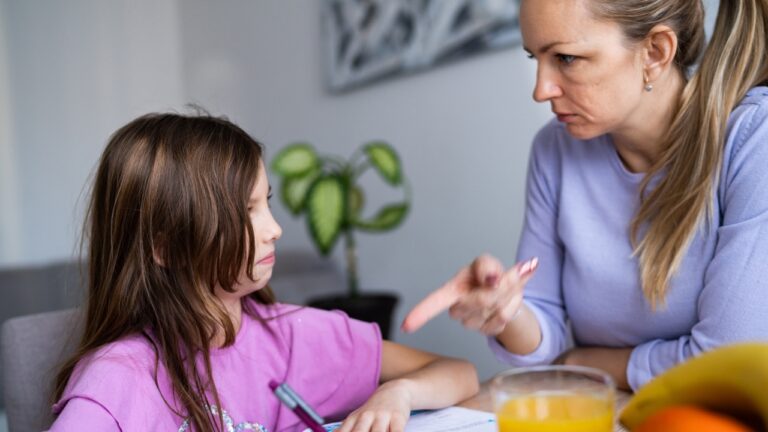Stanford Psychologist: The “Time-Out” Approach Doesn’t Work — Here’s 11 Things To Do Instead
Sometimes your kid pushes you so hard, you’re one eye twitch away from locking yourself in the bathroom just to breathe. Yeah. That’s the moment from every parent’s nightmare. I’m no exception.
And I get it — when things hit that boiling point, the classic “time-out” feels like the go-to move. Quick fix. Space. Silence. But it’s not really fixing anything. Not the tantrums. Not the disconnection. Not the deeper stuff simmering underneath.
What’s actually happening? The kid’s confused, you’re overwhelmed, and everyone walks away a little more distant. It’s messy. And honestly? Sometimes it’s just plain lonely.
Time-outs might give us space, but they don’t give us solutions. So let’s talk. No sugarcoating, no judgment. Just straight-up insight into why time-outs fall flat — and what you can do instead that actually helps.
1. Time-In: Stay With Them
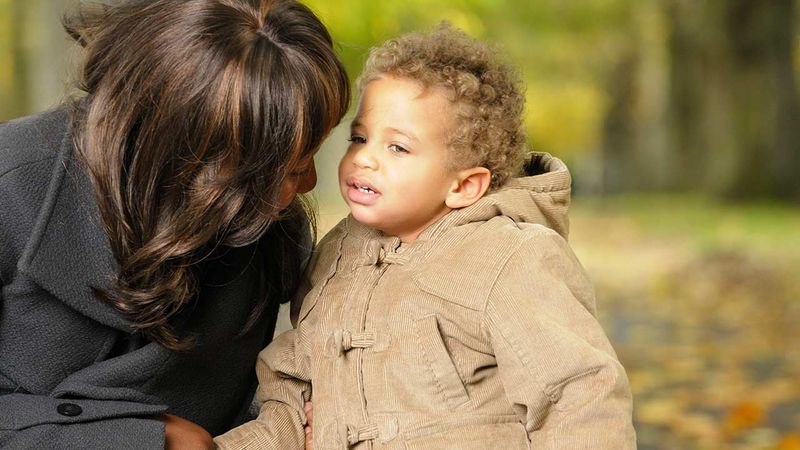
Ever felt like running away from a meltdown? You’re not alone. But here’s the twist: instead of sending them off, you sit with them. You don’t need all the right words, just your presence. Even silence carries weight and kids feel it.
I tried this with my daughter after a Lego tower disaster. She screamed, I wanted to scream, but I stayed. My breathing slowed, she started to match it and soon we talked. Not about the blocks — about feeling out of control. That was the real thing that needed soothing.
Kids aren’t learning to be calm in isolation. They learn it from us, side by side, heartbeats syncing up. Time-ins aren’t soft parenting — they’re the hard, honest work of building trust.
2. Reset Spaces: Calm, Not Punish
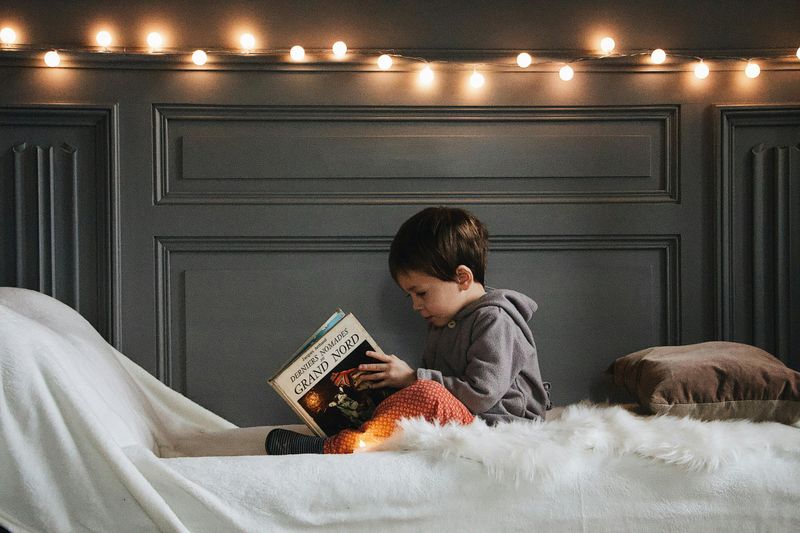
Picture this: instead of banishment, there’s a gentle corner filled with soft things and maybe a lava lamp. I call it a reset space. Not a punishment zone. Just a spot where big feelings can shrink down to size.
When my nephew starts spinning out, I send him here — not away, but towards a pause. A few deep breaths, a squish of a pillow, maybe a picture book. The difference? He comes back ready to talk, not shut down.
Reset spaces work because they offer safety, not shame. They say, “Your feelings are allowed, and there’s a way back to center that doesn’t mean you’re alone or wrong.”
3. Name the Feeling, Out Loud

It sounds basic, but naming feelings out loud changes the game. “You’re mad because your snack fell — yeah, that stinks.” Suddenly, your kid isn’t a monster, they’re just a person having a moment.
I remember my son’s face the first time I said, “You look disappointed.” His shoulders dropped, and for once, he didn’t need to shout. We both felt seen. It was weirdly powerful.
Kids don’t always know what’s going on inside. If you say it first, you help them find the words — and sometimes, the way out. It’s not coddling. It’s teaching them language for life.
4. Model Messy Emotions (and Repairs)

Nobody’s calm all the time — not even the experts. When you mess up, own it. “I yelled. I wish I hadn’t. I’m sorry.” That right there? It’s gold. Your kid learns grown-ups lose it, but also fix it.
Last week, I snapped after a long day. I apologized and my daughter’s eyes softened. She forgave me. No lecture, just a hug. That’s how she learns to forgive herself, too.
Being real about your feelings and mistakes isn’t a weakness. It’s the blueprint for how your child will handle their own mess-ups down the line.
5. Natural Consequences, Not Threats
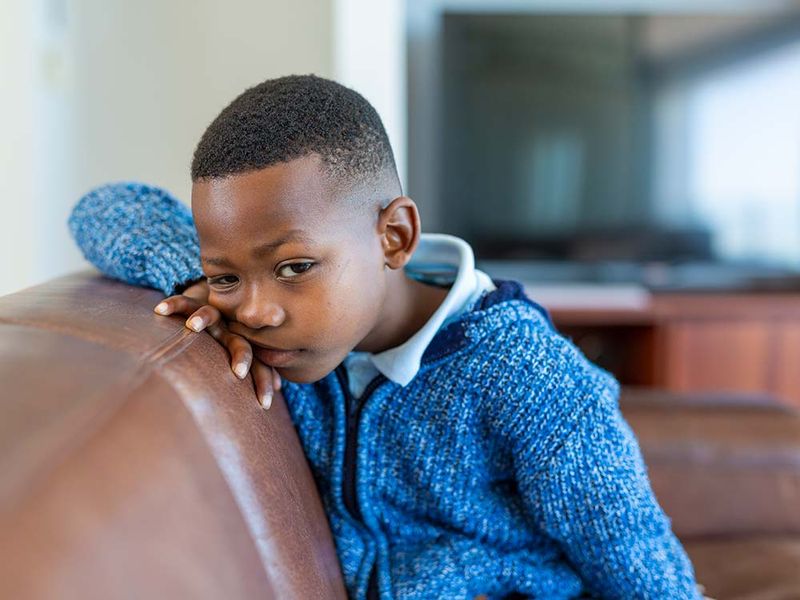
Here’s a truth nobody loves: sometimes, letting them fail is the lesson. Not in a cruel way, but in the “If you don’t wear your coat, you’ll feel cold” kind of way. I’ve watched my own kids test boundaries this way.
I don’t say, “If you don’t listen, you’re grounded.” I say, “You’ll see what happens.” And when they’re cold, I offer warmth — no teasing, no “I told you so.” Just reality, and then comfort.
Kids learn the world has rules, not just parents with punishments. Natural consequences stick and they don’t make you the bad guy.
6. Choices Within Limits
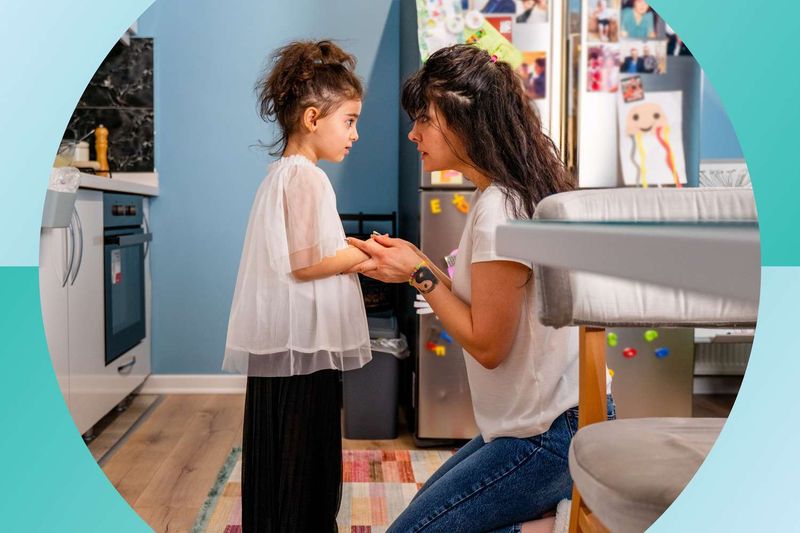
Kids crave power. (Honestly, so do adults.) When I started offering choices — “Do you want the blue cup or the green?” — tantrums shrank. It wasn’t magic, just respect in action.
Limits matter. The trick is to offer real, not fake, choices. Not “Eat your broccoli or nothing,” but “Broccoli first, or carrots?” It’s the control inside safe fences.
Kids who get to choose learn decision-making. They practice handling freedom before it’s all on them. It’s not about tricking them — it’s sharing the steering wheel, one turn at a time.
7. Routine Builds Safety
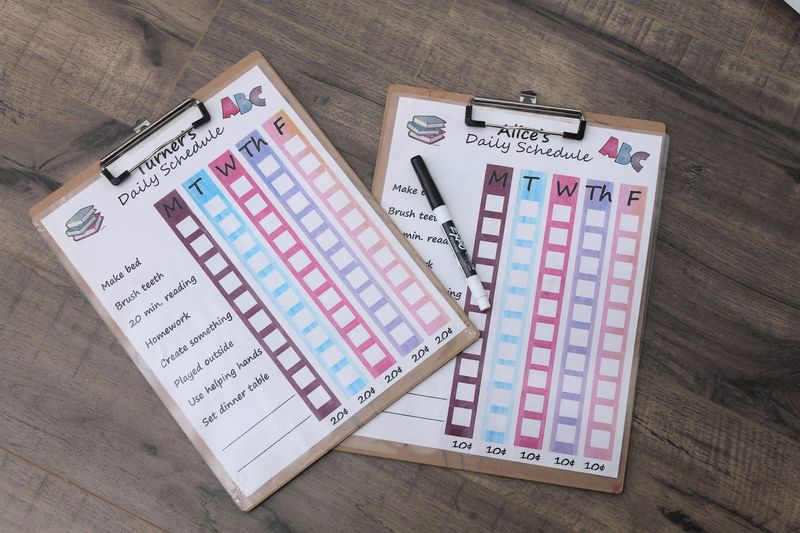
Every morning, the same chaos. But when we started a routine — even simple steps like brush teeth, shoes on, backpack ready — something settled. The house felt less like a storm.
Kids don’t need military schedules, but predictability. When life feels weird or scary, a routine says, “You know what’s next.” That’s security, not control.
I noticed fewer meltdowns and more smiles. It’s not about perfection, but about giving your family a rhythm to count on.
8. Repair, Don’t Just Redirect

It’s easy to say, “Stop it!” when fights break out. It’s harder to sit down, look your kid in the eye, and say, “Let’s fix what happened.” That’s repair, not just redirecting attention.
One evening, my kids erupted over a toy. Instead of separating them, we talked about the hurt and how to make it right. Apologies came, but so did small actions — sharing, hugs, sometimes tears.
It’s not about forgetting what went wrong. It’s about teaching that broken things (and feelings) can be fixed, not just hidden away.
9. Catch the Good Moments

Sometimes, we wait for mistakes. What if you watched for wins instead? I started pointing out the good stuff — “You handled that so kindly,” or “I saw you try, even when it was tough.”
Praise isn’t bribery. It’s a spotlight. My son’s whole face changed the day I noticed him helping his sister clean up. He believed he could be good, not just avoid being bad.
Positive moments aren’t rare — they’re just quieter. Call them out and watch them multiply.
10. Collaborative Problem Solving

Tired of arguments that go nowhere? I tried something different: “What do you think would help next time?” My daughter drew a chart — her idea, not mine. We problem-solved as a team.
Kids have ideas about what works. When you invite them in, they feel seen. Sometimes, their solutions are wild — but sometimes, they’re brilliant.
Problem solving together isn’t giving up authority. It’s growing it, slowly, inside your child. That confidence? It lasts.
11. Gentle Humor in Hard Moments

Sometimes, a meltdown needs a little laughter. Not mockery — just a goofy face, a silly rhyme, or pretending the broccoli is a dinosaur. I’ve defused more tantrums with humor than with lectures.
Once, my son sobbed about socks. I sang a ridiculous sock song. He giggled, tension cracked and the problem shrank. Humor doesn’t erase feelings, but it makes them lighter.
A sprinkle of silliness tells your child, “You’re safe — even when things feel big and bad.” It’s a reset, for you and them.


